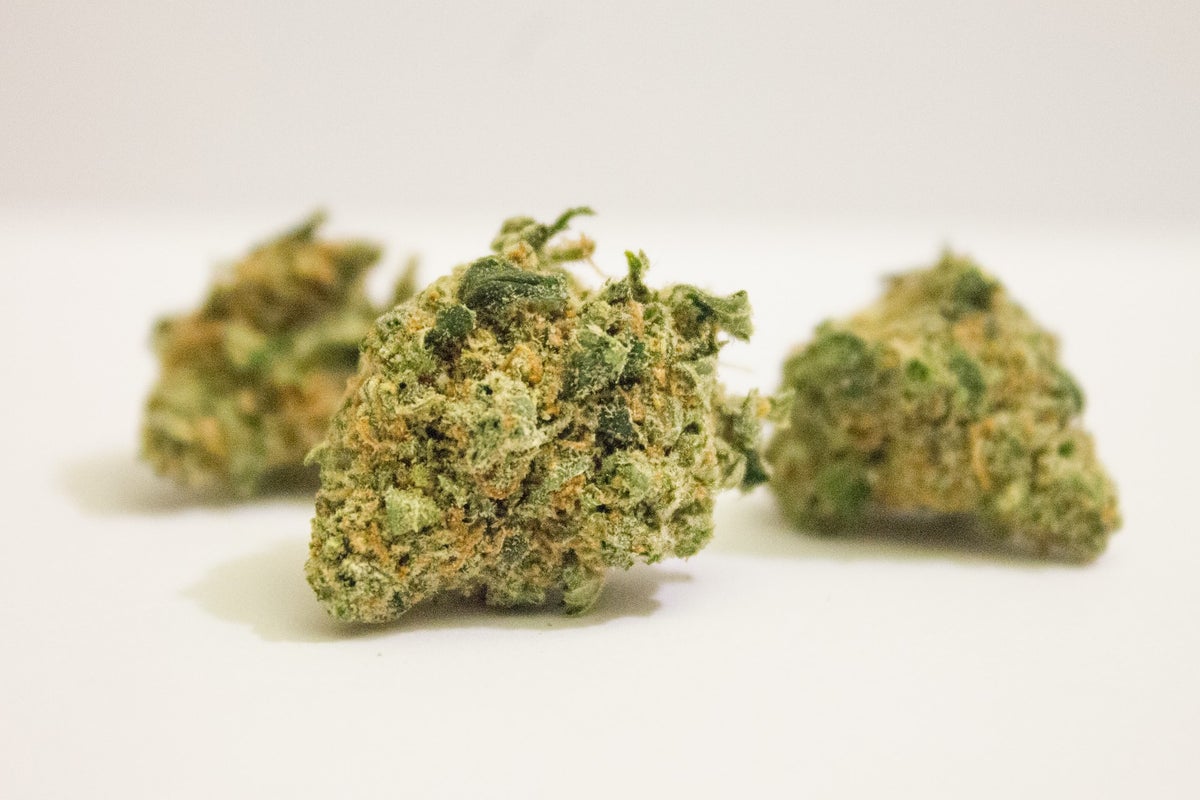[ad_1]
This article was originally published on The Fresh Toast and appears here with permission.
With marijuana still listed as a Schedule 1 drug, it simply is not possible to treat marijuana the same as other plants that are consumed by American citizens.
Some argue that marijuana is far less toxic than any drugs made in a lab, since it is a plant that comes from Mother Earth. While the sentiment and logic is in the right place, the sad truth is that our Earth, its soil and the way we grow plants in this modern times is a far cry from what one might consider “organic.”
Pollution, dangerous chemicals and haphazard growing techniques have led to all kinds of health issues in modern history. Organizations like the EPA and FDA have entire branches dedicated to more sustainable, healthy and safe ways of farming in this country. Unfortunately, these organizations are federally run, which means the multi-billion dollar cannabis industry goes relatively unregulated on a federal level in this regard. This loophole has led to some eye-opening recent discoveries that might be putting the health of cannabis users at risk.
A recent study from Arizona State University, published in the journal Environmental Health Perspectives, looked for contaminants in marijuana samples. Researchers examined all areas where cannabis is legal, and found a shocking amount of contaminants that should not be present on anything humans consume. Not only were dangerous contaminants found in many samples, but the sheer number is alarming.
“As of 18 May 2022, 36 states and the District of Columbia listed a total of 679 cannabis contaminants as regulated in medical or recreational cannabis,” according to the study’s findings. The list of contaminants, according to the report, included pesticides, inorganics, solvents, mycotoxins and other contaminants.
While the number of contaminants is certainly a huge red flag, if you think about how the marijuana industry has exploded recently, without strict federal guidelines, standards or regulation, it is not really all that shocking. After all, the marijuana industry is completely unique compared to other types of farming and plant maintenance.
If you have weeds in your lawn, there is a specific weed killer, or even weed killer fertilizer combination. This substance must first be tested and approved, and then becomes readily available on retail shelves near you. If you grow marijuana on the other hand, you have only word of mouth passed on through a game of telephone when it comes to controlling new pests, molds and diseases.
This trial and error way of growing is likely a contributing factor to all these contaminants. That, and a lack of Federal oversight of course.“Discrepancies between state and federal laws have left cannabis farmers without any pesticides approved for use on their crops—and as a result, some growers have taken the matter into their own hands, treating their plants with alarmingly high levels of pesticides intended for other uses,” according to The Atlantic.
Pesticides are not the only cause for health concerns when it comes to a world of unregulated marijuana farming. The soil where the marijuana grows can also have dangerous consequences on the consumer if left unchecked. Marijuana has the ability to absorb heavy metals from soils. These metals include carcinogenic and hazardous metals like lead, mercury, chromium and others. This rare trait in cannabis can sometimes be a great asset to the planet and farmers. Planting hemp in areas contaminated with certain toxic metals can help purify the soil.
But when it comes to growing marijuana for human consumption, this absorption can have potentially toxic consequences.
“The heavy-metal content of cannabis is not regulated; therefore, consumers could unknowingly be exposed to these toxic metals,” said Louis Bengyella, assistant research professor of plant science at Penn State. These findings are alarming when it comes to anyone who consumes cannabis, especially those who use it for medical purposes. “This is bad news for anyone who uses cannabis but is particularly problematic for cancer patients who use medical marijuana to treat the nausea and pain associated with their treatments,” Bengyella said.
According to the ASU study, “Cannabis use reports indicated usage in several patient populations susceptible to contamination toxicity, including cancer (44,318) and seizure (21,195) patients.” Marijuana is commonly used to treat side effects of cancer treatment, meaning many people consuming these potentially carcinogenic and otherwise harmful toxins are already battling cancer or other compromising conditions. This, if nothing else, should be enough to sound the alarm. “This study demonstrates an urgent need for a unified regulatory approach to mitigate the public health risk of cannabis contamination at a national level,” concluded the study’s authors.
In order to help reduce potentially harmful contaminants from reaching cannabis consumers, the authors of the study suggest that individual states and the Federal government must work together to set standards and policy. This, of course, is much easier said than done.
With marijuana still listed as a Schedule 1 drug, it simply is not possible to treat marijuana the same as other plants that are consumed by American citizens. Meanwhile, marijuana continues to be consumed in record quantities, and its contaminants might not be properly regulated until it is finally decriminalized.
[ad_2]
Image and article originally from www.benzinga.com. Read the original article here.

